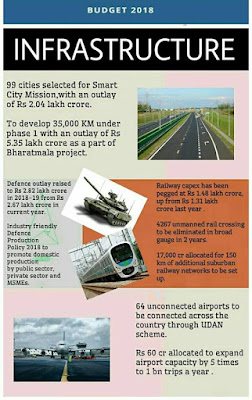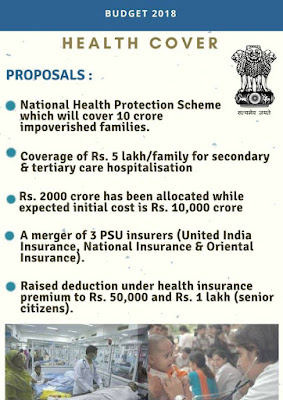Financial Literacy in India
Financial literacy, in lay man language refers to the ability to understand largely how money works. But specifically, it requires the competence to properly make decisions relating to matters of personal finance, particularly, areas like investing, real estate, insurance, taxation, saving and retirement. This doesn’t mean one is required to comprehend the various instruments and modes of the investments.
Financial literacy is very critical for developing countries like India where the majority find financial literacy beyond comprehension. A survey conducted by Standard & Poor’s Financial Services LLC (S&P) found out that 3/4th of the Indian adult population was incapable of properly understanding the basic financial concepts. This becomes more problematic when governmental policies are focusing on financial inclusion among the masses. As per this survey, India’s position in financial literacy is poor as compared to rest of the world and further, this can be a hindrance in India’s desire of becoming an economic superpower.
Financial literacy puts a burden on the nation in the form of higher cost of financial security and lesser prosperity. Most of the people in our country invest in physical assets (real estate, gold etc) or short term instruments (securities with maturity value of less than a year) rather than long term investment avenues, which are very critical for any country’s growth as they help in fulfilling capital requirements, for instance, infrastructure and others.
One of the most common myths regarding financial literacy is that one who is literate or rich is considered to be financially literate as well. But this is definitely not the case. The need of the hour is for a drastic overhaul of approach to savings and investments by Indian households.
In my opinion, financial literacy can be improved by following a few simple steps, like:-
Imparting financial education from childhood itself is a first step. Financial literacy should become a fully inclusive part of curriculum in schools, and should be both taught and assessed, just the way other academic subjects are. This will help the coming generation in becoming more aware since the beginning.
With the advancement of the digital world, interactive measures like short films, attractive advertisements, etc on financial education will have a stronger impact than the traditional methods. Digital fluency is expected to increase with the government’s initiatives such as Digital India.
Internet is like a plethora of information. You can get assistance from various internet avenues regarding where and how to invest.
Consulting experts in the beginning to understand financial experts also comes as an option and helps in building financial proficiency in the long run.
With the government’s recent decision of demonetization, many people have come under the organized sector and this has led to more opportunities rather increase importance for financial inclusion and literacy. Government has launched digital wallets, Universal Payments Interface (UPI) and also commercial and payment banks have flagged new ways for stepping towards a cashless economy. India has the world’s 2nd largest smartphone market and so the push to increase usage of mobiles for payments is in itself a step towards increasing financial literacy. Mobile internet users in India are around 350 million and are expected to grow to 50 million every year till 2020.This will create various possibilities of going digital in many areas and will create new opportunities to engage and share financial knowledge with consumers.
The way forward
Financial literacy is a pillar of efficient economy. In India, majority of the population falls in the middle income group which needs, along with low income group, financial education so that they take effective saving decisions. It is also important to reach out to the millennials who are very active in financial markets and require customized financial products but have limited awareness of the possible financial solutions. Financial literacy has to come first, to improve financial inclusion. Government’s policy on financial inclusion will not be successful unless the citizens are financially literate. Government can open as many banks as they want and launch schemes which focus on opening bank accounts but unless the public knows what all financial options are available they will not use these services. Policy needs to focus on spreading awareness through print as well as digital media.
If we see the example of U.S.A, they observe a financial literacy month in which they educate the people about the importance of financial literacy. Theoretical knowledge is not sufficient, there is a need of experimental learning for people to learn to use financial products, and in this respect banks have an important role. Appropriate training and guidance must be provided to people from rural areas as their access to technology is limited. Accessibility and quality of these training methods is very essential.
With increasing digitalization of banking process and other financial processes, financial literacy is the need of the hour.
Written By: PRANJALI, Year III
References:
https://goo.gl/9Fdx19
https://goo.gl/aqzjTX
https://goo.gl/vcY4kG
https://goo.gl/5S7DpA
https://goo.gl/DJbEjW



Comments
Post a Comment